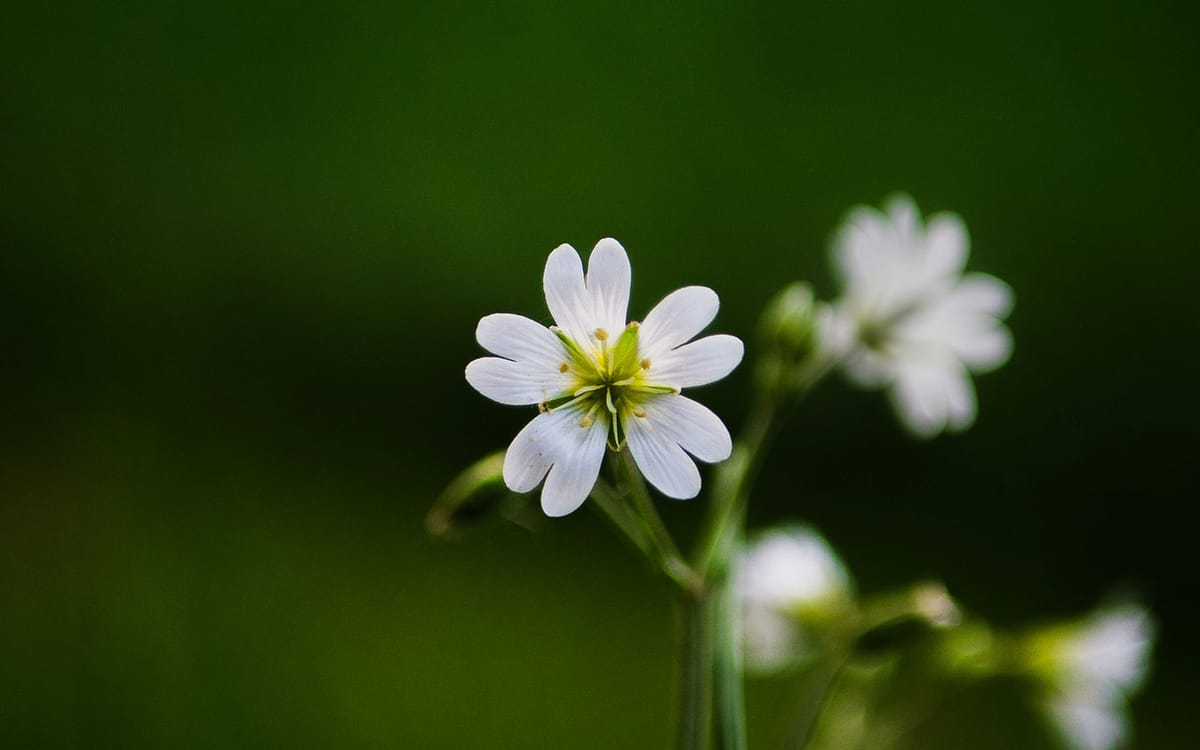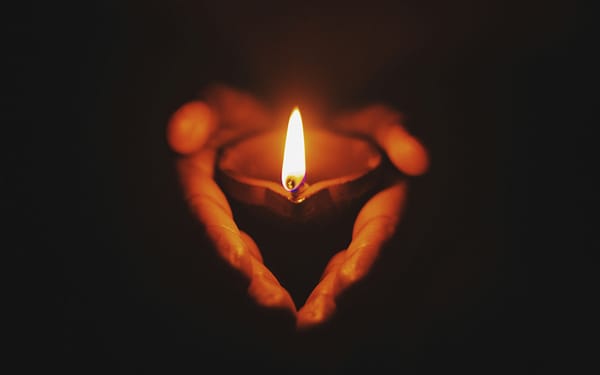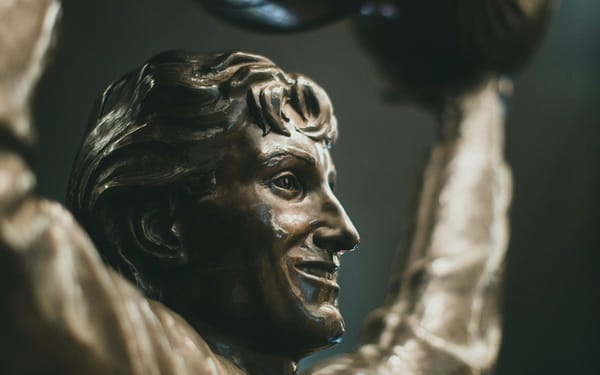My Journey Toward the Truth

I grew up in Sri Lanka with Buddhist parents who took a relaxed approach to my spiritual path. We visited the temple regularly, but faith wasn’t something we talked about much at home. I enjoyed the Buddhist stories, especially the Jātaka tales, though their literal interpretations often left me wondering about deeper meanings. Over time, noticing the difference between what was taught and what I observed led me to develop a personal spirituality—one guided by my own experience rather than formal tradition.
I began my technology career in my early twenties in Sri Lanka and was fortunate to continue it after moving to the U.S. The move offered a different perspective, and becoming a parent soon after added a new depth to my understanding of responsibility and life itself. Meanwhile, the tech world was evolving quickly, constantly demanding adaptability. Those advances, combined with parenthood and introspection, pushed me to seek something steady and genuine.
Always fascinated by consciousness, I explored quantum physics, UFOs, history, and religion through books, podcasts, and conversations. Meditation became a way to connect with these interests, but instead of clarity, I found myself stuck at a plateau without clear direction. Then, reconnecting with an old colleague from Sri Lanka led me to guidance from the Jethavanarama Monastery. Their teachings on Lokuttara Dhamma finally helped me understand the true meaning of the dhamma.
Through this guidance, meditation became more than just focusing on breath. It involved associating each inhale with the Three Noble Truths—the Truth (Buddha), the Path to the Truth (Dhamma), and the Practicing of the Truth (Sangha)—and each exhale with releasing attachment to the six senses, including the mind. I began to see daily life through the lens of anicca, dukkha, and anatta, and even understood that clinging to the Dhamma itself was not encouraged by the Buddha.
I also began interpreting Buddhist stories as symbolic wisdom rather than literal accounts. For example, Siddhartha’s begging bowl floating upstream symbolizes Sotāpanna, the reversal of the natural course, representing his awakening and awareness. The story of Kanthaka, the royal horse of the Bodhisattva Siddhartha, shows how Kanthaka’s death from heartbreak symbolizes a commitment to ending the cycle of causes and effects. Finally, the seven lotus flowers that bloomed at the Buddha’s birth signify his perfect understanding of all directions and aspects of existence.
The greatest wisdom I’ve discovered is to observe every moment, every chitta (cycle of a thought), with clear awareness. This goes beyond simply listening, reading, or preaching; what truly matters is practicing awareness in day-to-day life, as it outweighs everything else. It means realizing that the value you assign to yourself, as well as the value society assigns to you, ultimately holds no true meaning. Embracing surrender is the real path.




